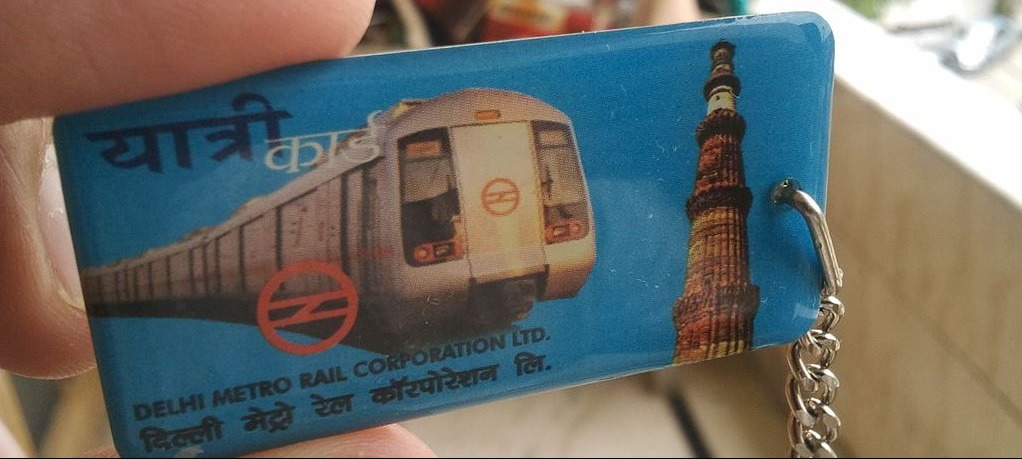Common Mobility Card is Here! You Can Now Use Delhi Metro Cards on DTC Buses to Buy Tickets

Haven’t we all, at one point of time, always wondered why the same card can’t be used for payments in different transport systems? Say a common card be used in the metro trains and buses and taxis? The time has finally come for Delhiites who will be avail these services in a couple of months.
Hong Kong’s Octopus Card, London’s Oyster Card, Japan’s Suica and South Korea’s Upass are a few examples of contactless payment card systems that can be used for different modes of transportation. Implementing the same idea, the Delhi Transport Corporation(DTC) has decided to install electronic card readers in the buses to allow the usage of Delhi Metro cards to purchase bus tickets.
You can call it Digital India, or Digital Delhi, but the initiative has been taken to increase digital transactions and obliterate the unnecessary cash purchases. DTC is also planning to launch a smart card for DTC buses which can be used on the Delhi Metro as well.
On 19th August, DTC ran a pilot to test the feasibility of this payment method and it was more successful that the corporation had expected. An Electronic Ticket Machine (ETM) was installed in one of the buses and a real-time transaction was carried to test the project. DTC has also ordered the buses to install the ETMs within a two-month time frame starting today.
How does this ETM work?
In case the passenger has the smart card, or as DTC likes to call it ‘Common Mobility Card’, the passenger will have to handover the card to the conductor, who will swipe the card to authenticate the start of the journey.
Upon reaching the destination, the passenger will have to swipe the card again to terminate the journey and make payment through the card itself. The fares will be deducted automatically as with the Delhi Metro, that allows cashless travel to users.
As of today, almost 63% of the buses have got these ETMs installed and the rest will have to get this done by October 2016 to comply with DTC’s orders. This project has been in pipeline since the Commonwealth days in 2010 but failed to kick off because of technically and infrastructural issues.
Even today DTC drivers are reluctant to get the ETMs installed because of system issues and technical snags. However, these problems can be sorted out, and will be as the system gets implemented. Also, since these are technologically advanced, route number and fare will already be there and thus it will avert clashes between passenger and conductor,” said a DTC official.
You might wonder that passengers who currently do not pay for transport can still do the same in the future with the card, but DTC will keep a constant check on defaulters and ensure the passengers pass on the card to the conductor who will validate the transactions. At the exit as well, the conductor and the bus driver can always keep a tab on violators.
How can the smart card be scaled for other payments
The number of avenues at which this smart card can be used elsewhere are tremendous and DTC has only realized now how well this can be integrated into our transport system. Buses, cabs, Metro and shuttle services can all be integrated with this one card to make travelling convenient.
Not restricting the smart card to just transportation, the Delhi Government can, in future, allow this card to be used at restaurants, cinema halls, pop-up stores and a variety of merchants. In fact the possibilities are endless, once the Government decides to pursue this.
Other countries have successfully implemented such contactless payment cards and Hong Kong’s Octopus Card has become one of the most used cards in the country. Surely there is a long way to go, but the seed has to be planted now for future to nurture into a well thought of plan.
If you stay in Delhi-NCR and have been constantly using both the modes of transport in your day-to-day commute, this has to be the most exciting news this year. No need to worry about having Rs. 5 or Rs. 10 change anymore, you can use the same card for the Metro and the DTC buses.
